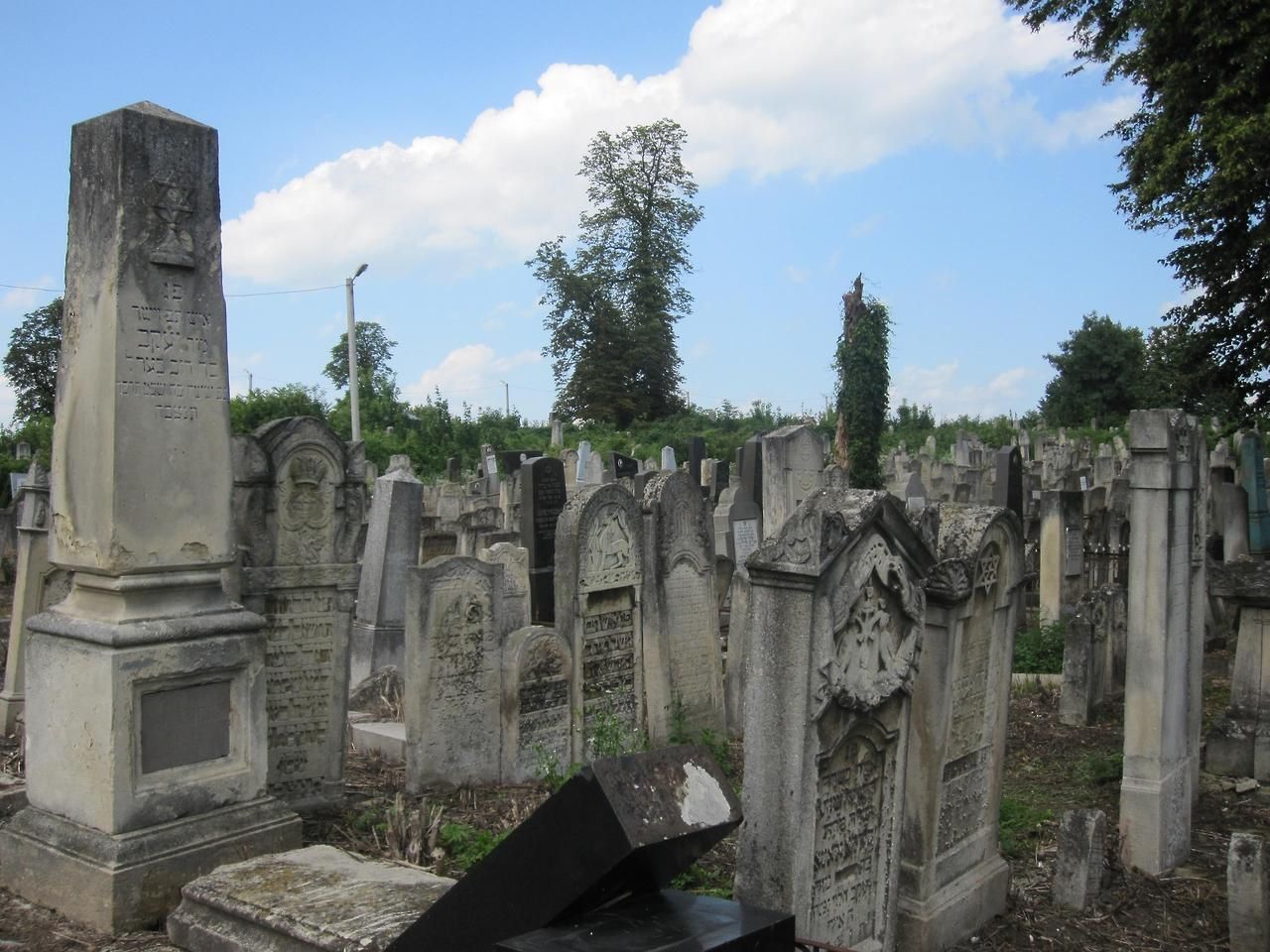
Despite their destructive, often lethal use in the war ravaging Ukraine, drones will be featured as the tools in the protection and preservation of thousands of Jewish cemeteries across Eastern and Central Europe during a workshop taking place today in Kyiv today.
The drone demonstration and instruction session is part of events organized this week in the Ukraine capital by the European Jewish Cemeteries Initiative. They seek to reinforce the organization’s work using UAVs to carry out complete survey and mapping missions of many of the over 3,000 Jewish graveyards in the region. A large number of those are located in Ukraine, which prior to World War II is thought to have been home of the largest Jewish community in the world.
The workshop is designed to teach volunteer architecture and engineering students from Ukraine to pilot drones and carry out effective data collection missions over the nation’s Jewish cemeteries. Like thousands of others across Central Europe, those resting spots are increasingly endangered by a wide range of factors, including neglect, vandalism, and – now, in Ukraine – war. Fully 44% of Jewish burial grounds in Central and Eastern Europe are considered in need of urgent repair and protection work.
Read: Drone mapping Tahiti’s bursting-at-the-seams cemetery
Maps and surveys produced by the UAV missions will not only establish exact locations and delineations of those burial sites, but also prioritize those requiring fast and effective preservation measures. The European Jewish Cemeteries Initiative has about 30 active graveyard protection projects underway, and it may well need to expand those once drone missions come back with data on the situation in Ukraine.
Founded in 2015 with over $1 million in funding from Germany and the European Union, the European Jewish Cemeteries Initiative has monitored as many of the 10,000 community burial sites across the continent – two-thirds of which are located in its “designated areas for priority work” encompassing the former Soviet bloc and southeastern Europe.
Because such a large portion of Europe’s Jewish population was killed in the Shoah or escaped anti-Semitism before, during, and after World War II through immigration, many of their historically important cemeteries – which reflect the culture, religion, and language of the communities that long maintained them – are being lost to abandonment or intentional destruction.
To prevent those resting places, artefacts, and traces of people buried in the hallowed sites from being lost forever, the European Jewish Cemeteries Initiative is using all means at its disposal – including the aerial support drones can provide – to survey, map, and record burial grounds in Georgia, Hungary, Lithuania, Moldova, Poland, Slovakia, and Ukraine.
The data is then used to determine measures to protect and preserve the lives and memories that the burial sites are intended to honor for centuries to come.
“Drones today are a key tool in the preservation of heritage, as we learned through our mass survey work of Jewish cemeteries,” European Jewish Cemeteries Initiative leader Philip Carmel told the Jewish News. “It is phenomenal that we are holding this event in Ukraine at the current time, a country that once hosted the largest number of Jewish communities in the world before the Shoah… Drones have done so much damage in the country recently. Hopefully, they can also be used widely in the future for positive benefit to all.”
FTC: We use income earning auto affiliate links. More.


Comments